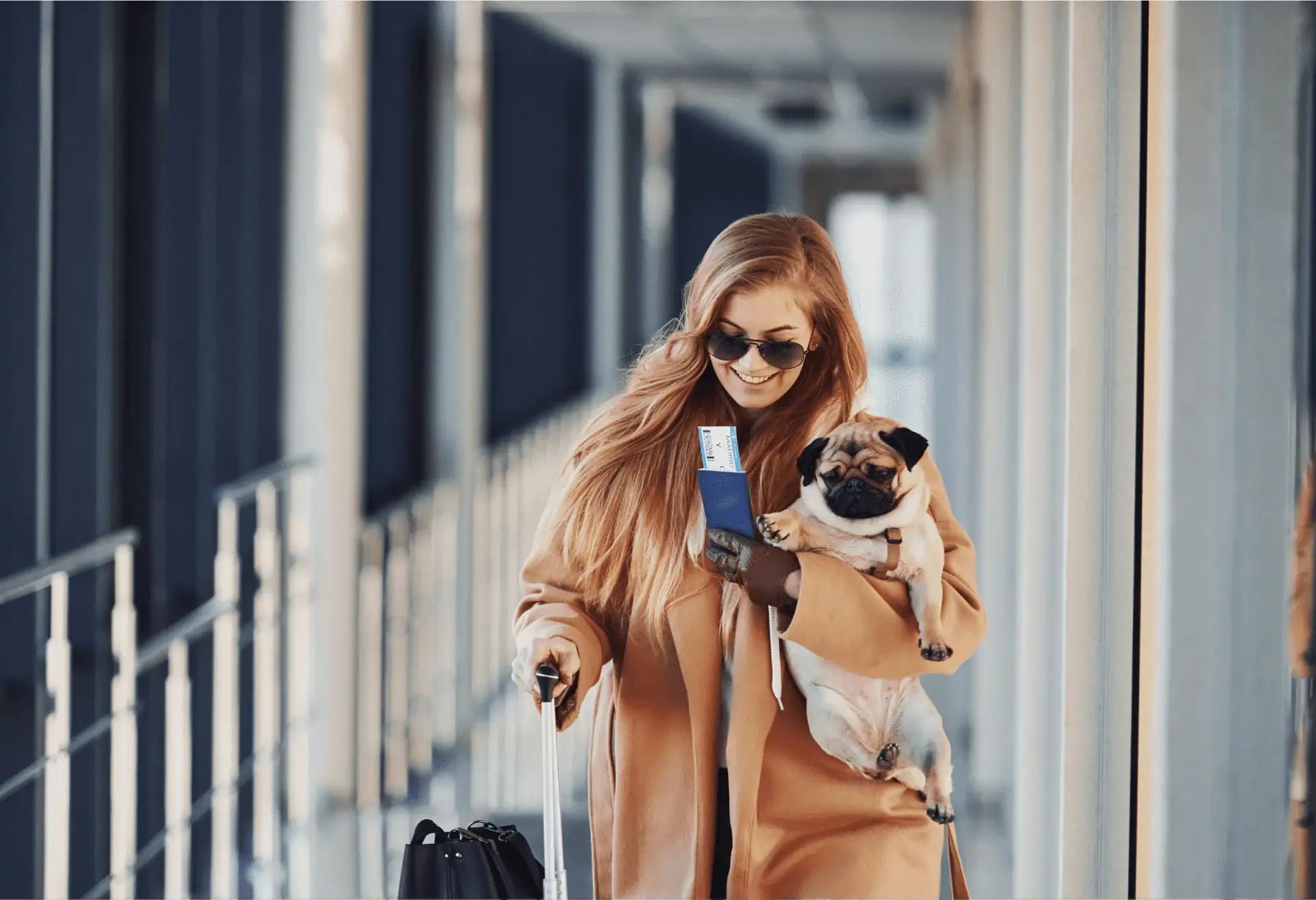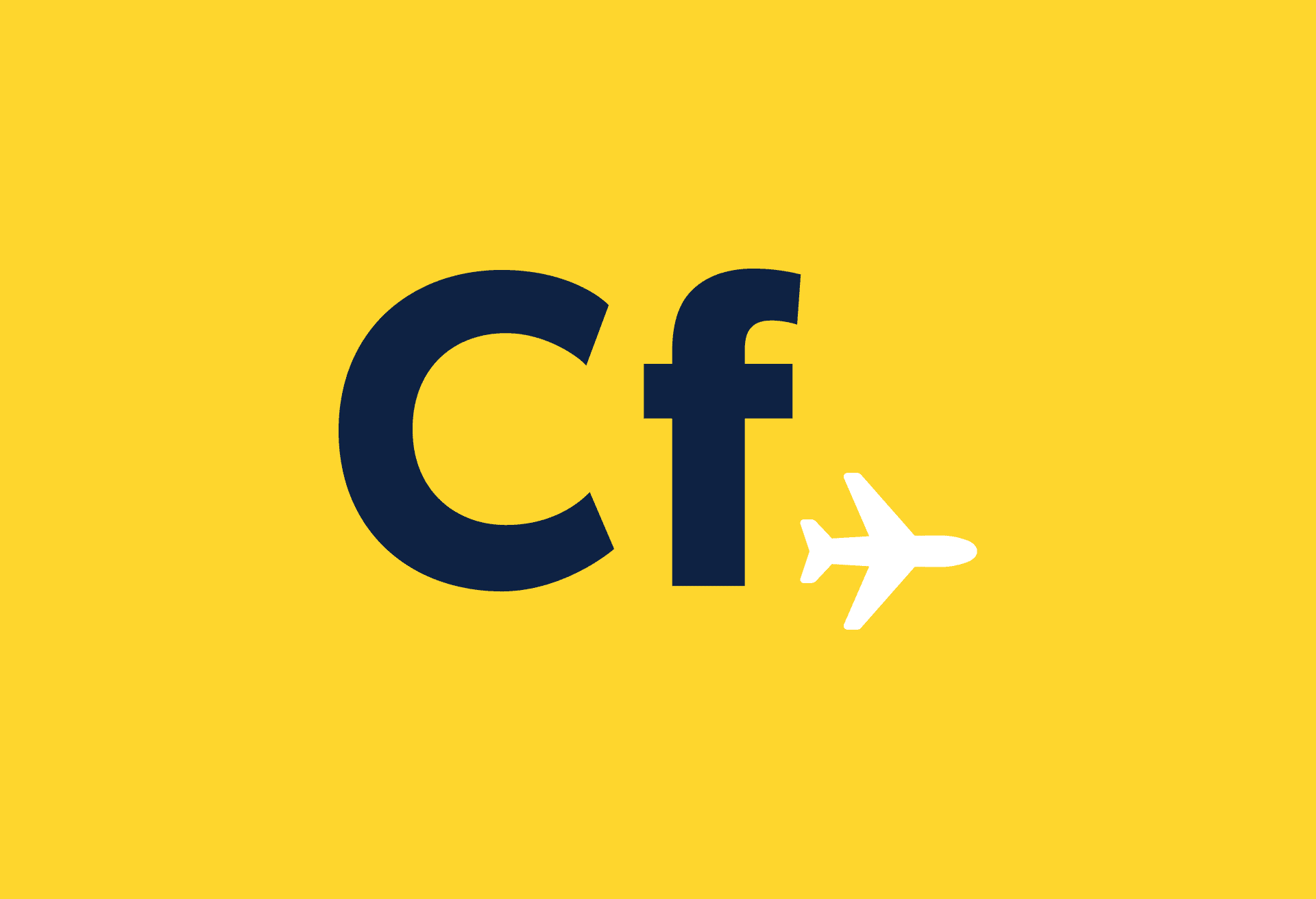From choosing a destination to finally taking off on your trip, navigating air travel can be a tricky undertaking, especially if you’re transgender. What might be a minor inconvenience for many can actually lead to a distressing experience for a trans person, especially as new technology and changes in the political climate influence the way we experience air travel. Frequent misgendering and differing cultural attitudes with regards to gender norms follow me whenever I fly (and they can definitely be taxing) but they certainly won’t stop me. And they shouldn’t stop you. Here’s a useful guide to help you prepare for flying while trans.
Planning your trip
For trans people and people in the LGBTQ+ community at large, one of the first concerns on our minds as we choose a travel destination is safety. It’s always smart to do some research on the laws of the region you’re thinking of visiting and search for any local organizations or community groups that are trans-friendly (here’s a cheat sheet to get you started). While it is important to be aware of local opinions and customs, just because a place is marked as unfriendly to transgender people doesn’t necessarily mean you should flat-out avoid it. Just as it is possible for trans people to have negative experiences in places deemed trans friendly, it is also possible to have positive experiences in places deemed unfriendly.
The best way to ensure a positive experience is to do as much research and be as prepared as you can be. Be ready for all parts of your trip, from the bigger aspects like knowing the norms and expectations of the culture you’ll be visiting, to the smaller details, like looking up the locations of gender-neutral bathrooms in the airports you’ll be passing through. The Government of Canada has a page compiling information and resources for lesbian, gay, bisexual, transgender, queer and two-spirit Canadians, which is a good place to start your research.
Packing
If you’re travelling with medical supplies like syringes, medications and hormones, make sure they’re all together in the same bag, each preferably in its original packaging, with proof that they were prescribed to you. Consider checking these with your luggage unless you’ll need them in the air. If you do choose to bring them in your carry-on, remember that doing so may flag you for additional screening. Items like liquid hormones, gel-filled breast forms and other prosthetics don’t need to meet the carry-on liquid limit as they are considered medically necessary. However, if you’re concerned about flying with liquid hormones as a carry-on but need them in the air, you might want to buy a sterile vial and fill it with what you need for the duration of your flight. (This could also be a good idea if you’re concerned about losing your luggage). Ask a flight attendant to chill them if necessary, or bring a thermos. If travelling with a prosthetic, make sure it has no metal parts. If you’re selected for additional screening, you have the right to be accompanied by someone you know and to be screened in private. For more information on what you can and cannot bring on a plane, visit the Canadian Air Transport Security Authority (CATSA) website or the searchable database from Travel.gc.ca.
Travel documents
Flying with the proper documentation can be tricky for trans travellers. The law dictates that the gender marker and name on your boarding pass must match the one on the government-issued photo ID you show the security agent or flight attendant and that all passengers over the age of 18 must provide proof of identity both at check-in and at security. In the U.S., the National Center for Transgender Equality states, “it does not matter whether your current gender presentation matches the gender marker on your ID or your presentation in your ID photo, and TSA officers should not comment on this.” For nonbinary travellers like me, most documentation does not match our identities, but that is slowly changing in some parts of the world. Canada could be the latest country to join the other seven that offer a third gender option on identification documents such as passports.
Security
For passengers of all stripes, going through security can be one of the more stressful aspects of air travel, so it’s good to be prepared. Airport security screenings are particularly unpopular with the trans community, but since new legislation aimed at offering increased privacy and sensitivity was introduced in January, advocates have noted an improvement.
With the new legislation, passengers regardless of gender identity can request either a male or female security officer to complete their physical search, or they can request a split search where a male officer searches one half of their body and a female officer searches the other. Passengers may also request that their screening be done in a private area and that a witness be present.
A popular destination for Canadian travellers, the United States is also working to address issues of security and sensitivity for transgender passengers. At airport security points across the country, U.S. TSA agents use Advanced Imaging Technology (or AIT) machines that passengers must pass through for the detection of dangerous objects. Before each passenger enters the machine, a TSA employee must press a blue “male” or pink “female” button on the machine so that their Automatic Target Recognition (ATR) software can detect “anomalies” not consistent with the passenger’s assigned gender, and the TSA agent is doing this by judging your gender presentation. The TSA has taken a lot of heat for using AITs with ATR software and maintains that their employees continue to receive sensitivity training in regards to screening trans passengers.
As of March 2017, anyone passing through security at a U.S. airport who opts out of AIT screening will be required to undergo a Universal Pat-Down (UPD), which must be performed by someone of the same gender and can be done in private or in the company of a witness of your choice with a second officer of the same gender present. TSA officers may also perform a UPD at random or if your belongings trigger an alarm. While UPDs vary widely, they may consist of a head-to-toe search generally done with the back of the hand (though they can use the front of their hands, as they say, in “limited” cases) and can include “head coverings and sensitive areas such as breasts, groin and the buttocks,” according to the TSA website. You may be required to adjust clothing during the UPD, but the U.S. transgender advocacy group National Center for Transgender Equality writes that:
“Travellers should never be required to lift, remove, or raise an article of clothing to reveal a prosthetic item and should not be asked to remove it. This applies to binding items, breast forms and other prosthetics. If a TSA officer asks you to reveal a prosthetic item, ask to speak to a supervisor and calmly explain the situation.”
Reporting issues
As with any negative customer experience, if you have any issues with airline or security personnel, record the details of the interaction so you can report them later. And don’t forget to take care of yourself since the nature of flying while trans may trigger gender dysphoria for passengers. Most importantly, keep in mind that having a greater awareness of how to prepare, what to expect, and what your rights are when travelling is powerful in itself. In fact, many trans passengers don’t experience any issues at all when flying, and we hope you don’t either. Following simple tips like arriving early, travelling in groups and documenting your experience can all make a world of difference in allowing yourself a smooth flight.
Interested in sharing your story, offering tips or learning more about other’s experiences? Check out the hashtag #TravelingWhileTrans on Twitter, and tweet us @Cheapflights with anything you’d like to add. For more information, visit our blog about LGBTQ travel tips and information.


